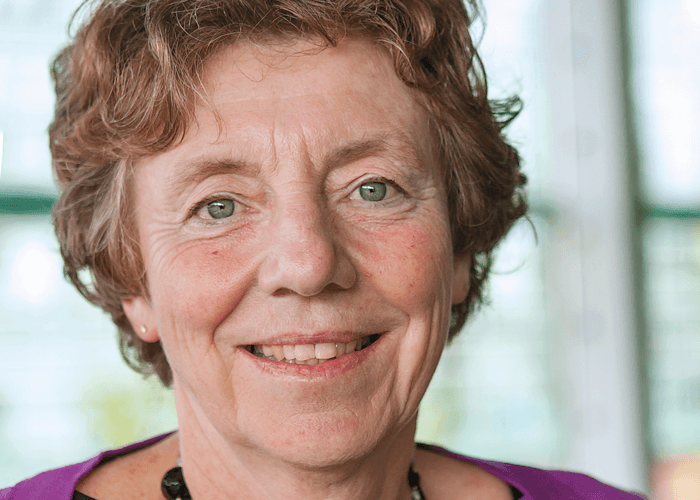
Defying the Data Tsunami
Sitting Down With… Lutgarde Buydens, Professor, Analytical Chemistry: Chemometrics, Radboud University, Nijmegen, The Netherlands.

False
Sitting Down With… Lutgarde Buydens, Professor, Analytical Chemistry: Chemometrics, Radboud University, Nijmegen, The Netherlands.

Receive the latest analytical science news, personalities, education, and career development – weekly to your inbox.

“During my PhD on drug activity, I realized that much more information is hidden in experiments than is obvious at first sight,” says Lutgarde Buydens. As a student of Désiré Luc Massart, one of the founders of chemometrics, data analysis and interpretation quickly became her main focus. After postdocing in the US, Buydens joined Radboud University in the Netherlands, where she is now chair in Analytical Chemistry – Chemometrics. Her interest in better data analysis and interpretation is as strong as ever. “To help discover new knowledge in so many different fields, from food science, medical sciences to industrial processes still excites me every day,” she says.
False
False

December 4, 2024
4 min read
Welcome to the 5th ranked Innovation, Pyxis – introduced here by Matterworks co-founder Jack Geremia

December 5, 2024
7 min read
In the second part of our interview, Michael Gonsior explores the pressing challenges in carbon cycle research, transformative tools and technologies, as well as analytical glimmers of hope

December 16, 2024
4 min read
Software tools can optimize resource management, streamline workflow processes, predict outcomes, and optimize experimental conditions – contributing to more sustainable laboratory operations

December 18, 2024
1 min read
Working closely with an ever-expanding network of experts helps keep our content relevant and engaging. And keeps artificial intelligence at bay, right?!
False